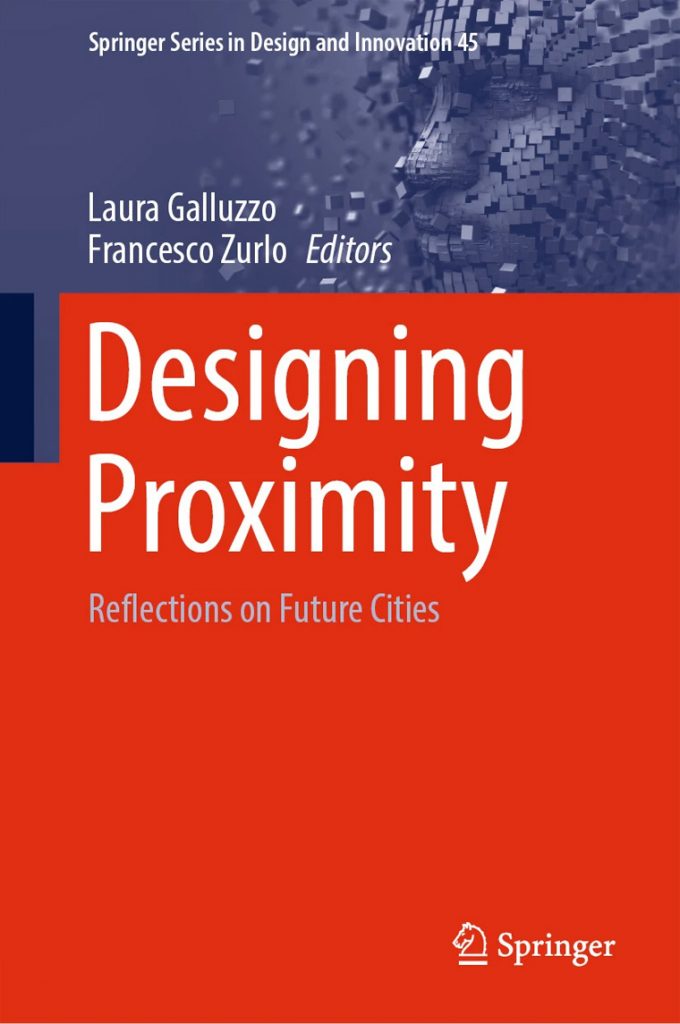The economy of the proximity city should be based on the concept of social economy, which emphasises and embraces the visions emerging in ongoing discourses about proximity, being strictly related to the physical dimension, but whose relational dimension increases even more in value. Therefore, several authors are investigating and considering that physical proximity is inevitably related to relational proximity. Relationships are not designed, but it is essential to design a set of conditions, of platforms, of physical contexts, which create the conditions for certain relationships to happen. Considering the values and potentials of proximity relations, along with their multiple and hybrid dimensions, we should focus on the elements that allow these interactions, as well as the design approaches and methodologies that enable the systems that support them. In this sense, it is now more than ever necessary to untangle the underlying concepts implied by these phenomena, trends, and cultural and innovative forces. This chapter tries to offer a comprehensive review of the literature regarding the evolution of different types of economies, up to the point of defining the latest types that have emerged in recent years and have found fertile ground for debate and implementation, mainly due to the pandemic. The review concludes with research questions and further steps that should be taken inside and outside academia and by considering and involving the always-changing variety of actors that a city of proximity may contain.
